
By Ben Hilzinger
When I think of dessert wine, I imagine wines containing high levels of both sugar and alcohol. In most settings of casual discussion, I’d be absolutely right; however, the definition of “dessert wine” gets lost in a sea of vagueness. The American government defines it as any wine over 14% alcohol by volume. Walk around any supermarket, though, and you’ll notice that a vast majority of table wines are almost 14% if not well over that mark. This means, by pure definition, most of the dry, red wines you eat with dinner are all considered dessert wines. Kind of sounds crazy, huh? But, it’s all about the alcohol levels. Over time, wines have become more an more alcoholic and because of this, old definitions have become outdated and, well frankly, laughable. Why have wines become hotter and hotter? We can blame it all on critics, efficiency, and demand.
Right off the bat, I’ll admit I find every possible way to complain about critics, but this time I think I have a point. According to a 2010 study done by researchers at UC Davis wine reviewers often give higher marks to wines with riper flavors and lower tannin levels. To create these flavors, the grapes need to ripen longer, which leads to higher sugar content. Alcohol is created from sugar and in order to make a completely dry red, all the sugar must be fermented. Since those judge-obsessed winemakers start with riper grapes, the end result is a wine higher in alcohol.
Secondly, we have become so efficient as grape growers in the last 100 years, that grapes are becoming more and more ripe in a shorter amount of time. Figures from the Australian Wine Research Institute show that between 1984 and 2008, the mean global alcohol content of red wines rose from 12.4 percent to 14.4 percent, while white wines saw an increase from 12.2 percent to 13.2 percent – leveling off at 12.9 percent. New grafting techniques, innovation in palissage, and new pruning/thinning methods have drastically increased our ability to grow high sugar grapes while sealing in flavor components. The use of aerial footage has also helped take the guess work out of choosing ideal vineyard sites. Nowadays, vineyards are practically guaranteed good sunlight, perfect soil conditions and adequate air circulation before they’re even planted through modern research and prepatory measures. In addition to the grapes themselves, we now have stronger yeasts that can withstand a higher alcohol environment; sometimes up to 17%. Back in the old days, most yeasts would stop fermenting and die around 12%. We are becoming super viticulturists and the more we produce these high alcohol wines, the higher the threshold will become in the American supermarket.

This brings me to my third and final reason…THE CONSUMER! As vineyard management and production of wine has become increasingly proficient, the standard threshold for the American palate in direct regards to alcohol has grown accordingly (the same goes for sugar, but thats another blog altogether). This is quite the paradox, however, because many blind tastings have revealed that lower-alcohol wines are preferred over big blockbusters. Nonetheless, riper grapes such as Syrah, Zinfandel, and Mourvedre are flying off the shelves and its a simple equation of supply and demand.
Now, to be perfectly clear, I am in no way making an argument against alcohol. Heck, I like it just as much as the next guy. Will the average tuesday-evening wine drinker be able to tell the difference between a 13.5% abv wine as opposed to a 15%?…probably not. But, trends in any industry are worth following and, to this day, the government considers a 14+% wine VERY high in alcohol and enforces a higher tax. In fact, many wines you see on the shelves claiming to have 13.8% or anything close to that dreaded threshold, are lying/low-balling to get out of paying more. Don’t tell anyone I told you this. Cheers!
Drink Northwest Cellars.

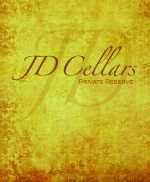
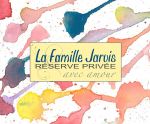

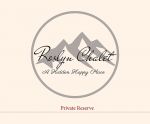

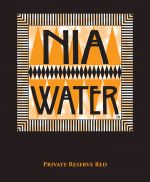

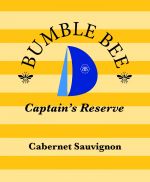
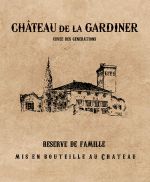
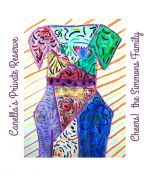
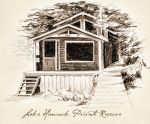
0 Comments